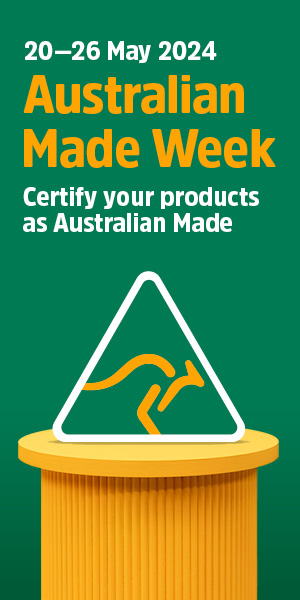Defence industry partnering for success – how PWR went from F1 to drone technologies

Drones are one of the hottest technologies gaining traction in defence globally. Today, as part of @AuManufacturing’s sponsored series reporting on BAE Systems Australia’s Partnering for success defence industry supplier event, we look at the locally designed STRIX drone, and the role played by PWR Advanced Cooling Technology in its success. By Peter Roberts.
The PWR name has long been associated with the automotive sector, with its PWR Advanced Cooling Technology group a leader in automotive heat exchangers, or to the layman, vehicle cooling radiators.
So much so that the company supplies heat exchangers to every F1 race team – each a bespoke design to minimise space and weight and fit into the vehicles streamlined shape.
PWR Advanced Cooling Technology’s General Manager, Advanced Technology, Andrew Scott said: “In heat transfer systems the main limitations are your material and the available surface area you have to actually extract that heat.
“We can manipulate the aerodynamic performance by pressure drop through the cores and geometry and angles that the air hits the heat exchanger and so on.
“The more we can do that by increasing pressure drop through the heat exchanger or by changing material types or material thickness, they all can give an advantage.”
PWR recently gained prominence in the defence industry sector by providing the custom cooling systems which will fly on board the BAE Systems STRIX drone – Australia’s first locally-designed and made VTOL drone (pictured).
PWR is a supplier to Australian company Innovaero which is combining its knowledge of aeronautical product design and manufacture with BAE Systems’ expertise in autonomous platforms and its vehicle management system (VMS) technology.
Scott said: “It is a relatively young part of our business, however that side of the business is benefitting from 25 years of experience in thermal systems.
“Because we have a lot of high tech solutions that were designed and developed internally thorough our R&D, they cross over into aerospace very easily.”
Parent company PWR Holdings latest financial report reveals that the company’s six-month defence revenues of $3.5 million represented six percent of the company’s total, though they had grown 204 percent over the previous corresponding period.
The company’s first defence export was to supply vacuum brazed cold or cooling plate for a radar system, with the company now boasting a number of defence customers ranging from cooling for single board computers to complete vehicle systems.
“The challenges (with STRIX) always end up being the same for us and this is there will be probably a mass target…mass is always your enemy and everyone wants to have the largest payload and the best flight time and range that they can.
“In many cases some people look at the thermal system and think it is a necessary evil that has to be on the platform.
“We look at it differently and I am very pleased to say that on the STRIX they are looking at it differently as well.”
If the cooling system can be lighter, this can be turned into increased payload or flight duration. If the system has a higher thermal efficiency then it can be smaller which means the overall platform can have a smaller cross section which, in turn, can help with drag. And if if it is more thermally efficient and smaller PWR can also potentially reduce the drone’s thermal signature.
PWR’s involvement with Innovaero came early in the development of STRIX, so PWR is able to design a single cooling system for all the drone’s systems, saving weight, and size from the alternative of a number of separate cooling systems.
As well as the advantage of continually innovating for its automotive customers, PWR comes to STRIX with key expertise in vacuum and controlled atmosphere brazing which are used to create aluminium heat exchangers.
The company’s Queensland plant itself is another plus as it is totally vertically integrated.
Scott said: “Generally it is raw material that is brought to PWR and then we are shipping out finished goods with mostly all of the manufacturing processes being done internally.
“From that respect we control our own destiny. We haven’t got a lengthy supply chain to help us make an end product and that helps us with controlling IP and controlling lead times.”
Further reading:
AUSTRALIA’S FIRST LOCALLY-DESIGNED AND MADE VTOL DRONE UNVEILED
PWR AND ALUMINIUM SPECIALIST CONSTELLIUM TO PARTNER ON HEAT EXCHANGERS
Picture: STRIX drone
@AuManufacturing’s series Defence industry partnering for success is sponsored by defence sector prime contractor BAE Systems Australia.
![]()
Topics Defence
@aumanufacturing Sections
Analysis and Commentary Awards Defence Manufacturing News Podcast Technology Videos










